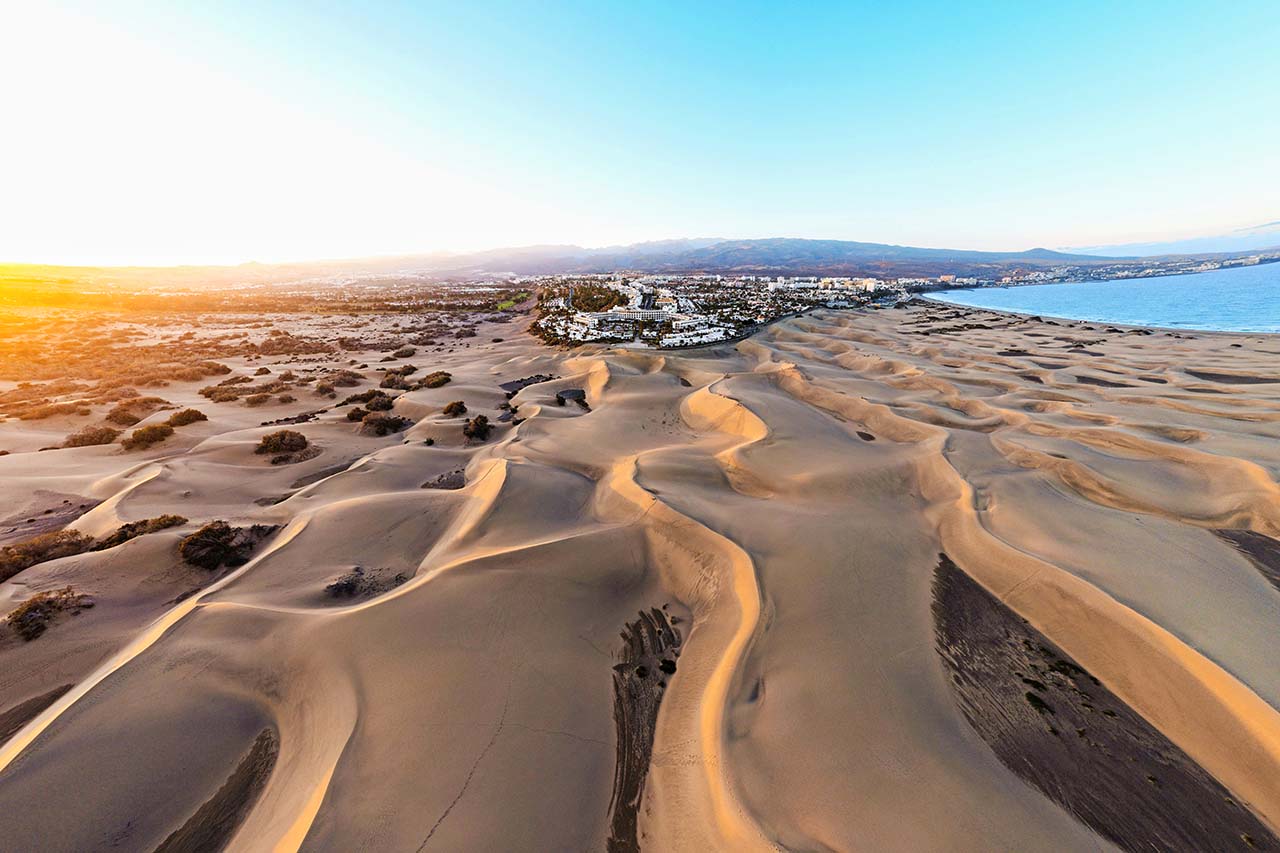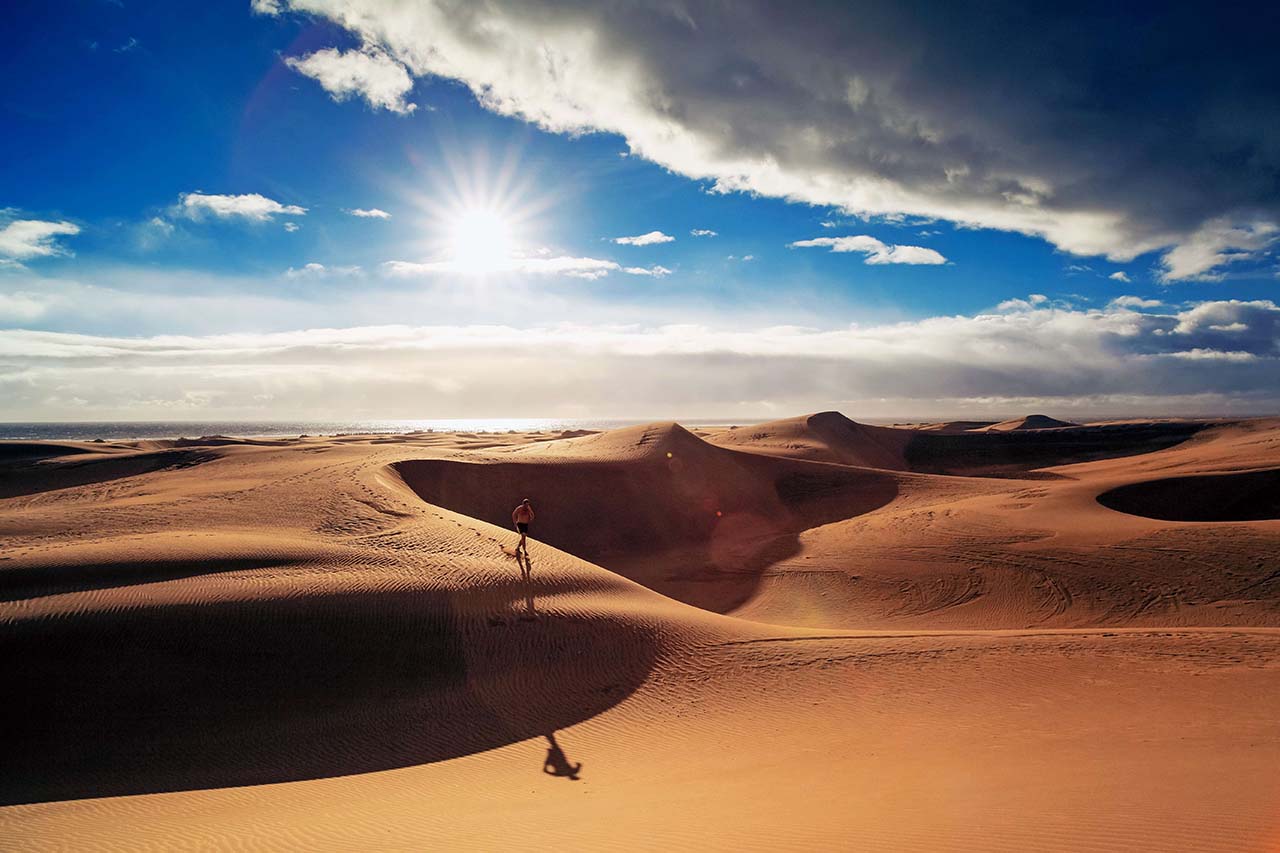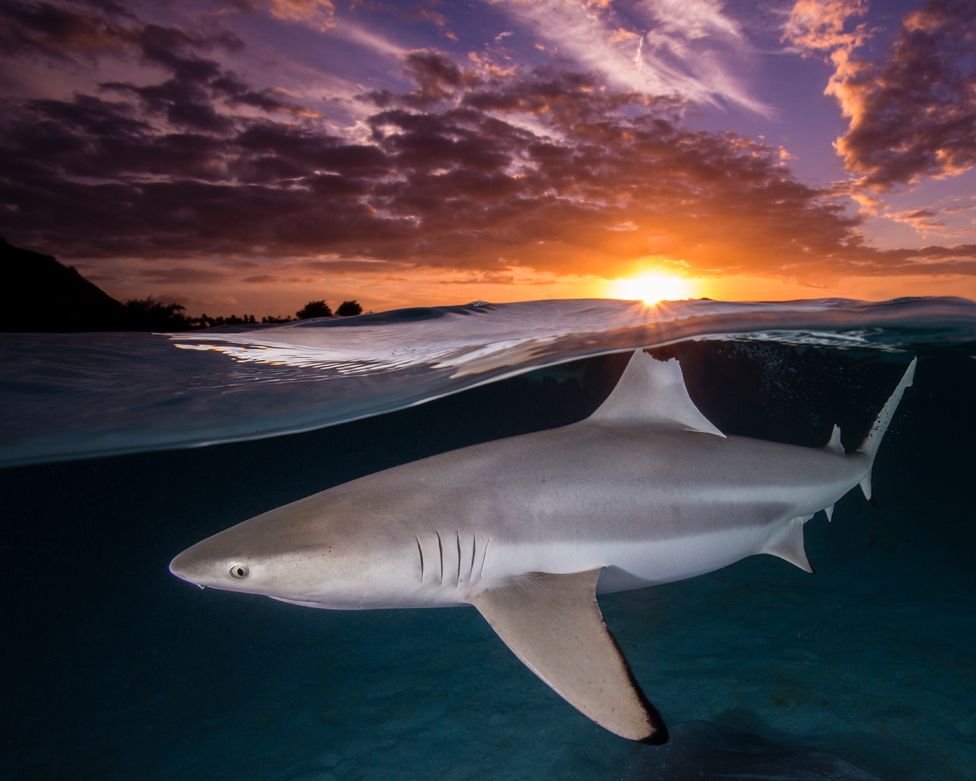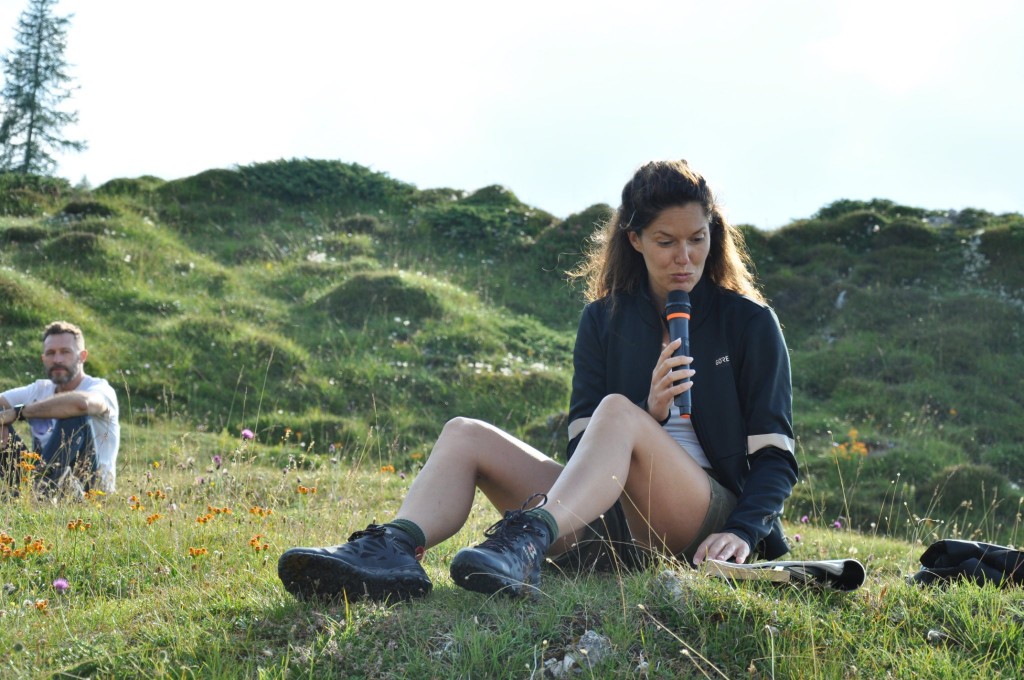Welcoming the first-time traveler Gran Canaria It is the scent of the island. A mixture of nature, spices and saltiness that gives the impression of being in Africa and, at the same time, on a tropical atoll.
READ ALSO: Beaches, nature, culture: in Gran Canaria it's always summer


Gran Canaria, a miniature continent
The peculiarity of this destination is here: it contains a great variety of landscapes, so much so that many define it as a miniature continent, where red earth canyons alternate with coniferous forests and the calderas of volcanoes overlook endless beaches.
If smell is the first sense activated, it is closely followed by sight, which fills with colors as the panoramas are revealed.
All the colours of Gran Canaria
The blue of the sea, of course, but also the intense green that envelops the paths that run north, the red and black of the arid lands in the heart of the island, the gold of the desert shaped by the wind as far south as the sea.
Trekking, nature and jazz notes in Gran Canaria
The routes are suitable for all stages and promise unforgettable landscapes, especially in summer, when nature is at its peak.
All around, the air is alive with the notes of the Jazz Festival, scheduled every summer in July.
ALSO DISCOVER: Spring holidays in Gran Canaria, the island of golf and flavors to discover


What to do in Gran Canaria
Walk around the Bandama volcano
In the northeast of the island, just a 20-minute drive from capital Las PalmasThe Bandama Caldera is a huge crater, a thousand meters in diameter, formed by a volcanic explosion thousands of years ago.
With its concave bottom covered with wood, its large deposits of volcanic ash and its steep rock walls, it is one of the most suggestive places for hiking.
Along the two-kilometre route, dotted with wild olive trees and tajinaste, a pyramid of small white flowers that can reach up to three metres in height, it is not difficult to spot eagles and kestrels standing out against the blue sky.
“Of the many trails you can walk on the island, this is my favourite,” says Adrián Ibáñez Rodríguez, born in Las Palmas and a member for years of the Avafes association, committed to safeguarding the fauna of the Canary Islands.
“It is an evocative place: seen from above, it gives the impression of being on the edge of a volcano, in the center one feels surrounded by the high walls of dark rock. In addition, the area is surrounded by vineyards: here the soil is fertile to produce the volcano-mineral wines of the archipelago.”
On the Gran Canaria wine route
Gran Canaria is in fact one of the last bastions of century-old grape varieties that disappeared in Europe after the phylloxera epidemic.
To promote them, the Wine Route brings together wine estates, restaurants and bochinches, family establishments where wine accompanies traditional dishes.
ALSO DISCOVER: Autumn in Gran Canaria: vestiges of summer just a few hours' flight from Italy


Trekking from Cruz de Tejeda
Placed like a flag in the center of the island, the Cross of Tejedaa gray stone cross, is the best starting point for those who want to go trekking without getting lost with the car on roads that, one bend after another, climb the mountains.
From there you can admire the Roque Bentaygaa rocky outcrop in the volcanic caldera of TejedaTHE Snow Pitthe mountain which reaches almost 2,000 meters, and the Roque Nublothe monolith of volcanic origin that is the symbol of Gran Canaria.
To find yourself in his presence, you can take different paths, from the shortest and simplest to the most difficult. The 12.5-kilometer route from the cross requires four hours of walking, but the reward is arriving on a plateau where you can admire the entire archipelago.
Discovering the Barranco de Guayadeque
It is also the best place to observe the curious phenomenon of the “sea of clouds” which envelops the treetops in a milky white blanket.
Those looking for unusual panoramas will find them nearby, in Guayadeque ravinea 15-kilometer-long gorge that follows a winding route between steep slopes covered with bushes and prickly pears where numerous natural caves emerge that were once a refuge for pre-Hispanic natives and have now become homes and restaurants.
From the end of the road, there is a 7 kilometer path that leads to Los Marteles Volcanic Caldera.
Finally, for a final immersion in the heart of the red lands, simply travel to Cows Barrancoa canyon with rock arches shaped by water.
Stop in Maspalomas
When the wind blows, the sand moves in waves on the dunes, creating hypnotic patterns. This happens in the small desert of Maspalomasto the south of the island, where the gold of the arena that shines in the sun ends up in the blue of the Atlantic.
To discover it, there are marked routes that help preserve its beauty. “The best viewpoint of the dunes is reached by passing through the covered corridor of the Hotel Riu, on Avenida de Tirajana, which is also open to those who are not staying at the hotel,” advises Adrián.
“Nearby is a pond, a nature reserve where you can see wading birds, egrets and even ospreys.
Having spent the afternoon at the beach, I like to end the day with a walk Port of Mogana seaside village crossed by narrow canals with whitewashed houses lit by the fuchsia of the bougainvillea.


Las Palmas, what to see and where to go
Streets dominated by the carved wooden balconies of colonial buildings, tables in the shade of palm trees and stalls overflowing with tropical fruits make the old district of Vegetain Las Palmas, the ideal place to learn more about Canarian culture.
From House of Columbuswith the maps and navigation instruments used by Christopher Columbus and a faithful reconstruction of the caravel's commander's room.
But beyond history, the capital also offers modernity roof where you can sip a glass of white rum, a huge botanical garden and long beaches where you can play sports.
“The north is the area with the storm surges that create the most fun, there Confital Beach in the Isleta district and that of The Cicer “In the Guanarteme neighborhood, they are perfect for surfing the waves,” suggests Federico Mercurio Mas, 30, a surfer from Las Palmas.
“I recommend beginners to go south, near the Maspalomas lighthouse: they will be able to test themselves on Playa Arguineguín“.
The sunsets here are spectacular: the fireball of the sun plunges into the Atlantic while surfers greet each other with a Let others guide youmay the waves guide you. The wish for a peaceful life, but full of adventures.



